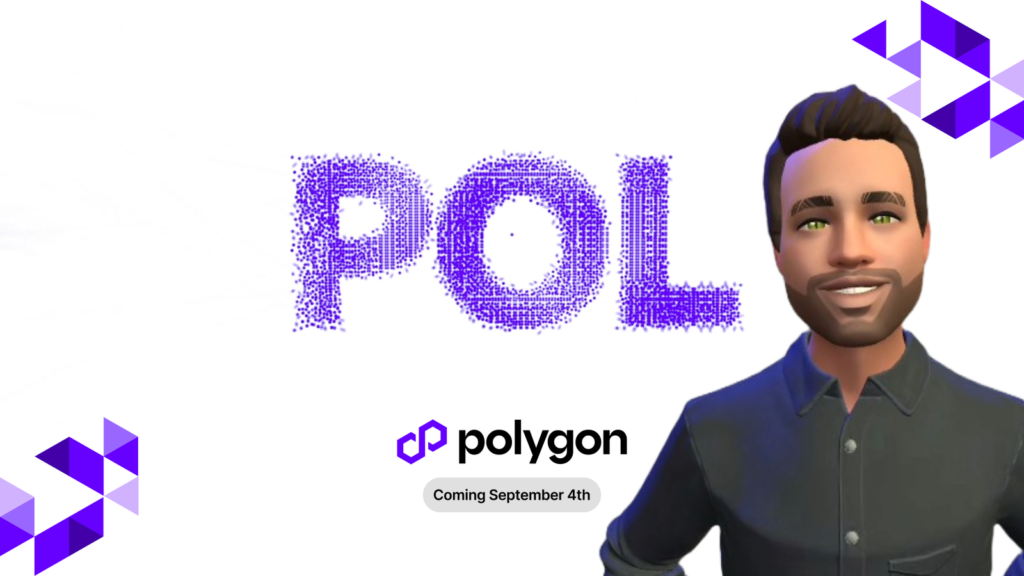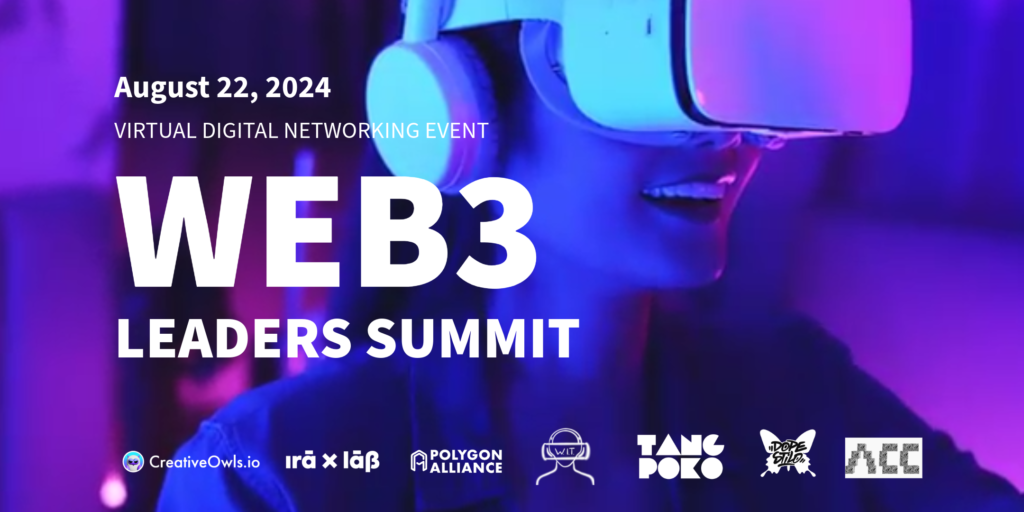
What is Spatial Computing?
Spatial computing is a new form of human-computer interaction that combines traditional computing with 3D location. It enables users to interact with machines in ways that are more natural and intuitive than ever before. With spatial computing, users can move around in a virtual environment, manipulate objects, and interact with other people in real time. This technology has the potential to revolutionize how we interact with computers and the world around us.
What Opportunities Come With Spatial Computing?
The possibilities for spatial computing are virtually endless. From gaming to education to business applications, this technology can be used to create immersive experiences that allow users to explore their environment in new ways.
For example, it could be used to create virtual reality simulations for training purposes or provide interactive learning environments for students. Additionally, it could be used to develop augmented reality applications that allow users to interact with their environment in real time.

Who Are The Companies Leading The Spatial Computing Movement?
A number of companies are leading the charge when it comes to spatial computing. Apple is one of the most prominent players in this space, having recently unveiled its Vision Pro headset at WWDC 23. Microsoft is also making moves in this area, having released its HoloLens 2 headset earlier this year. Other major players include Google, Facebook, and Magic Leap.
These companies invest heavily in technologies such as augmented and virtual reality, 3D scanning and mapping, machine learning, computer vision, gesture recognition, haptics, voice recognition, robotics, and more. With these investments come various applications that can revolutionize how we interact with our environments, from interactive education to immersive entertainment experiences.
How Is The Spatial.io Community Ahead Of The Spatial Computing Movement?
The Spatial.io Community is ahead of the curve when it comes to spatial computing by working with Unity’s spatial SDKs (software development kits). These SDKs enable developers to create immersive experiences using Unity’s powerful game engine and toolsets such as ARCore and ARKit from Apple and Google respectively. By leveraging these technologies, developers can create unique experiences that take advantage of the latest advancements in computer vision and machine learning algorithms.






